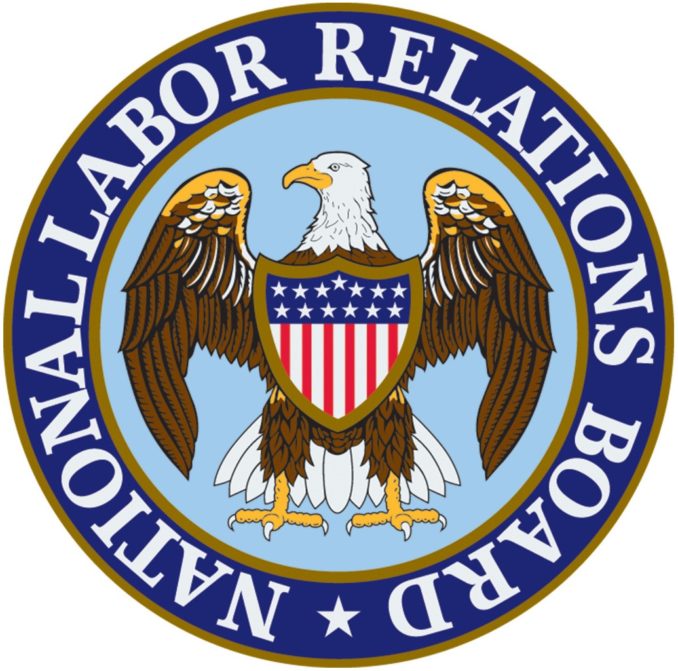[ad_1]

On October 26, the National Labor Relations Board (NLRB or Board) once again changed its standard for when an organization constitutes a “joint employer” of another organization’s employees for purposes of the National Labor Relations Act (NLRA). This standard creates new risks and potential liability for employers in franchise relationships, as well as those who use vendors, temporary labor, gig workers or other contractors. Those risks are magnified further by the Board’s other recent changes to federal law, including expanded remedies for violations by employers.
As experienced observers know, the Board has changed its joint employer standard several times in the recent past. In 2015, the Board drew significant backlash when it adopted a joint employer standard that considered whether the alleged joint employer had “reserved and indirect control” over the workers at issue. This standard allowed an organization to constitute an employer even if it never actually exercised control over the applicable worker. For example, in the franchise context, this standard would consider whether a franchisor retained the right to veto franchisees’ hiring decisions or instruct franchisees to use new uniforms, even if the franchisor never elected to exercise those rights.
Over the next five years, the standard changed three more times. In 2017, the Board overturned the 2015 standard through a decision in Hy-Brand Industrial Contractors, Ltd., 365 NLRB No. 156 (2017). The next year, due to alleged conflicts involving a Board member whose prior law firm had represented a party in the 2015 case, the NLRB vacated the 2017 case and restored the 2015 standard. Then, in 2020, the Board implemented a new rule that replaced the 2015 standard. That 2020 rule effectively prevented an organization from constituting a joint employer based on control that it merely reserved, or otherwise never exercised directly. It also precluded an entity from constituting a joint employer where it only exercised control over workers “on a sporadic, isolated, or de minimis basis.”
Now, the Board has changed its standard yet again, and effectively reinstated the 2015 rule that expanded joint employer coverage. The Board issued a final rule that will, once again, assess whether the putative joint employer has “indirect and unexercised” control over the worker’s terms of employment, such as their wages, schedules or when they are hired or fired.
This new standard creates several risks for organizations that use outside workers or simply benefit from their services. Joint employer status could make one entity liable for the other entity’s violations of the NLRA, even if the former entity did not participate in the underlying events. It also could create new ways for a union to organize an organization’s employees (even those who are not jointly employed), because the Board no longer requires both “jointly employing entities” to consent to a bargaining unit that includes one entity’s sole employees as well as people jointly employed by both entities. Joint employer status also could trigger obligations that did not otherwise exist for an organization, such as the duty to refrain from activities that constitute unlawful employee monitoring or questioning. Likewise, becoming a joint employer could cause certain policies to violate the NLRA whereas they would not if they applied merely to contractors.
This new rule creates yet another reason for employers to evaluate their employment practices in light of the new NLRA landscape. The Board now has created many new rules that would require significant attention even in isolation but, when combined, create a stark new reality of expanded risks, hurdles and compliance pitfalls. Moreover, given that the Board is continuing to expand the scope and nature of the remedies it imposes on employers for NLRA violations, the consequences continue to escalate for underestimating NLRA obligations.
[ad_2]




